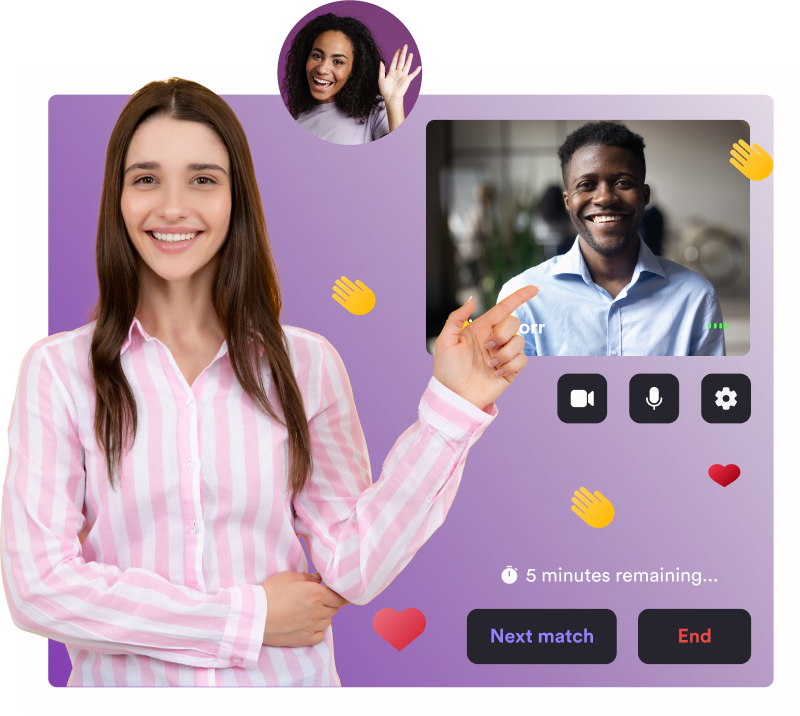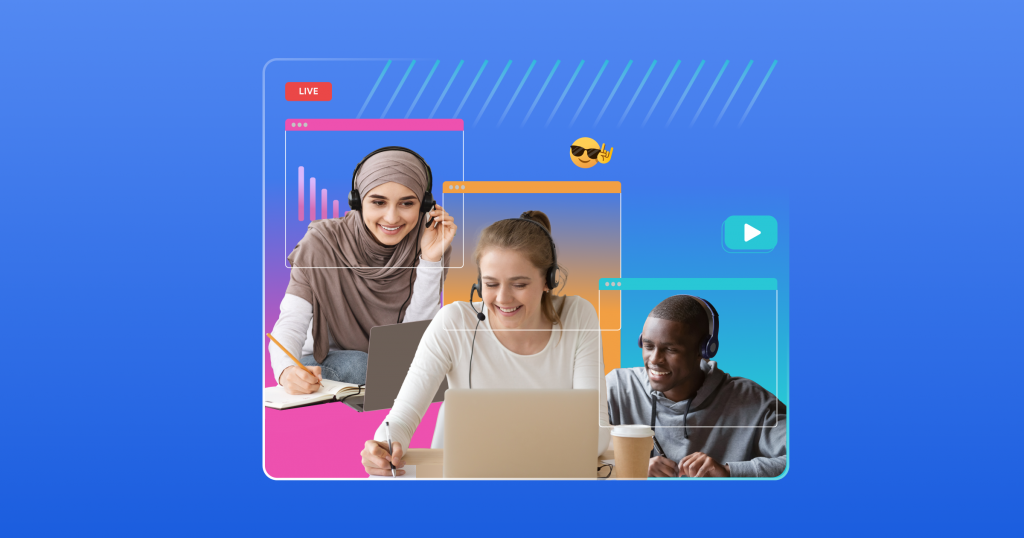Balance is the key, more so when it comes to webinar hosting. Their cost and time effectiveness can tempt businesses to overuse them, often without considering the outcome and the impact on the audience’s attention and willingness to engage.
In this crowded landscape of virtual events, it is crucial to ensure that webinar content resonates and keeps your target audience engaged without overwhelming them.
In this blog, you will discover the actionable strategies you can employ to combat “webinar fatigue” among your target audience, keeping them attentive and enthusiastic.
Top Actionable Strategies to Combat Webinar Fatigue among Target Audiences
1. Personalized outreach and invitation

Create tailored webinar invitations and be innovative in your approach. It’s better to avoid having long and lengthy content. Keep the messaging simple, concise, and personalized with relevant details.
Personalizing with the recipient’s name and designation are common practices and can be easily automated using email marketing tools, like Mailchimp or Hubspot.
You can also create demographically segmented sequences targeted at different sections of your target audience. Moreover, you can also create language-specific content with the help of AI tools to suit diverse audiences.
Some important points you should be mindful about while designing and before sending out invitations:
- Avoid reusing content from past webinars to keep messaging fresh and engaging.
- Compare your and your competitor’s content and invitation design to avoid repetition.
- Leverage social media platforms to connect with wider audiences via visually engaging post-based invitations.
- Ensure your registration page or webinar landing page is easy to navigate, visually captivating, and supports translations.
For customer-specific webinars, you can include video-based invitations to create a more personalized experience. Utilizing AI-powered solutions and voice-over tools will help you create videos in different languages and formats.
2. Unique but relevant webinar content

Avoid choosing common topics that have been covered extensively. Instead, focus on delivering content that is both unique and directly relevant to your audience’s needs.
This could include insights on niche topics, exclusive case studies, or real-world solutions to current challenges they face. When your content is fresh and directly applicable, it stands out from the noise of other webinars.
Your competitors may also host webinars on similar topics, so it’s important to analyze what unique value your content brings compared to theirs. Look for ways to offer deeper insights, exclusive data, or practical applications that set your webinar apart. If your content is too similar to what’s already available, it’s best to either avoid that topic or approach it from a new angle.
To tackle this concern, you can also consider changing the format of your webinar. Rather than a standard presentation, you could offer a roundtable discussion, breakout sessions, an in-depth Q&A, or a live demonstration that engages the audience more effectively.
3. Format innovation
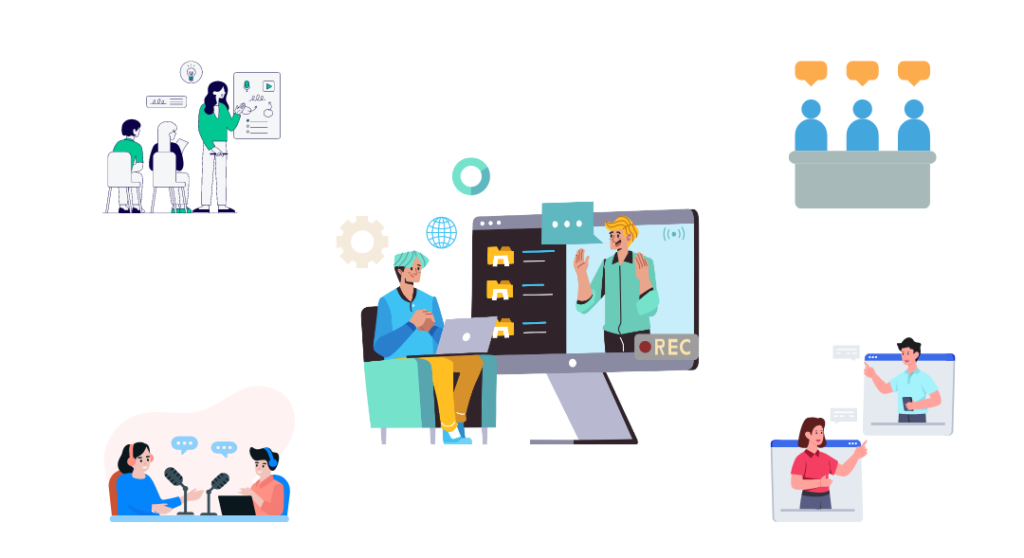
Hosting webinars in different formats is a vital strategy to reduce the risk of audience webinar fatigue. Not only does it help combat monotony but also allow organizers to cater to diverse audiences with specific preferences, offering them innovative and dynamic webinar experiences.
You can opt for the following formats to maintain diversity in your webinars to keep your audience engaged.
- Pre-produced webinars: Pre-produced or pre-recorded webinars are recorded in advance and delivered in a live setting with real-time audience interactions. These webinars allow you to edit and deliver more controlled, refined content.
- On-demand webinars: These webinars allow your audiences the flexibility to access the content at their convenience. Such webinars remove the constraint of time and reduce the pressure of live attendance.
- Panel discussions: A webinar as a panel discussion can be hosted by involving multiple experts to provide diverse perspectives on a topic. This offers an opportunity for dynamic discussions, enables attendees to gain valuable insights from different industry experts, and enriches their learning experience.
- Debates: A debate webinar format is a great way to keep your audiences intrigued and involved with the content. It adds excitement and challenges the audience to think critically.
You can host debates by inviting two panelists or guest speakers who share opposing views on the chosen webinar topic. - Training & Masterclasses: Hosting your webinars as virtual training sessions or masterclasses helps provide in-depth, hands-on training sessions, giving participants the opportunity to learn and apply new skills immediately.
4. Open mic segments
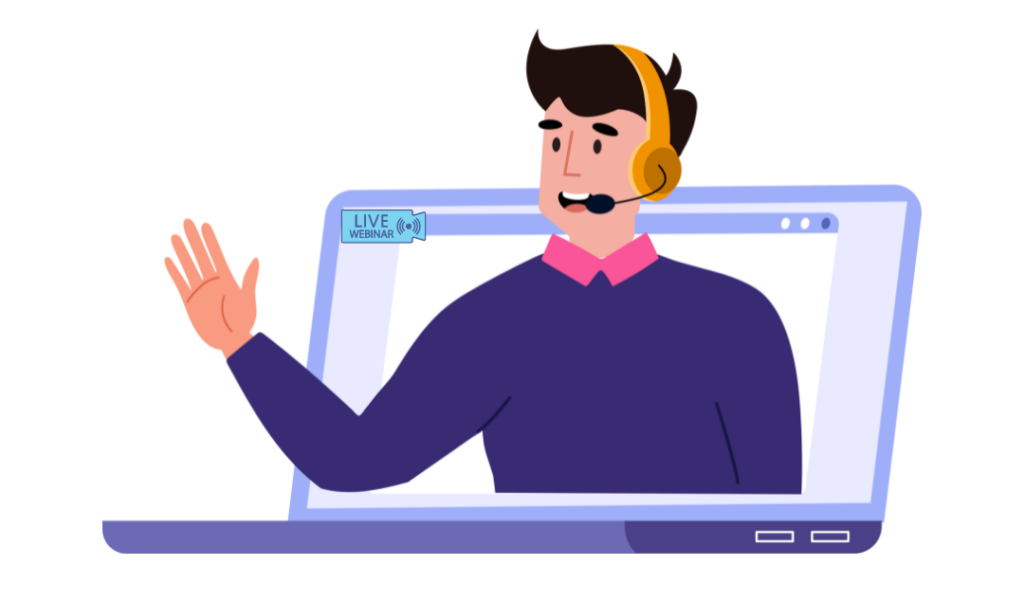
Incorporate open mic segments in live webinars and virtual events. These segments encourage your audiences to participate directly by allowing them to voice their thoughts, ask questions, or share experiences live.
Open mic sessions can significantly reduce webinar fatigue by making participants feel valued and heard, empowering them to actively share their concerns. This interactive approach fosters a stronger sense of community and enhances two-way communication, transforming the webinar from a one-way presentation into a collaborative experience.
These segments also provide organizers with immediate insights into what resonates with the audience, enabling them to address relevant topics on the spot. This keeps the content dynamic, fresh, and tailored to the participants’ interests, reducing disengagement and enhancing the overall experience.
5. Targeted discussions on the most pressing questions
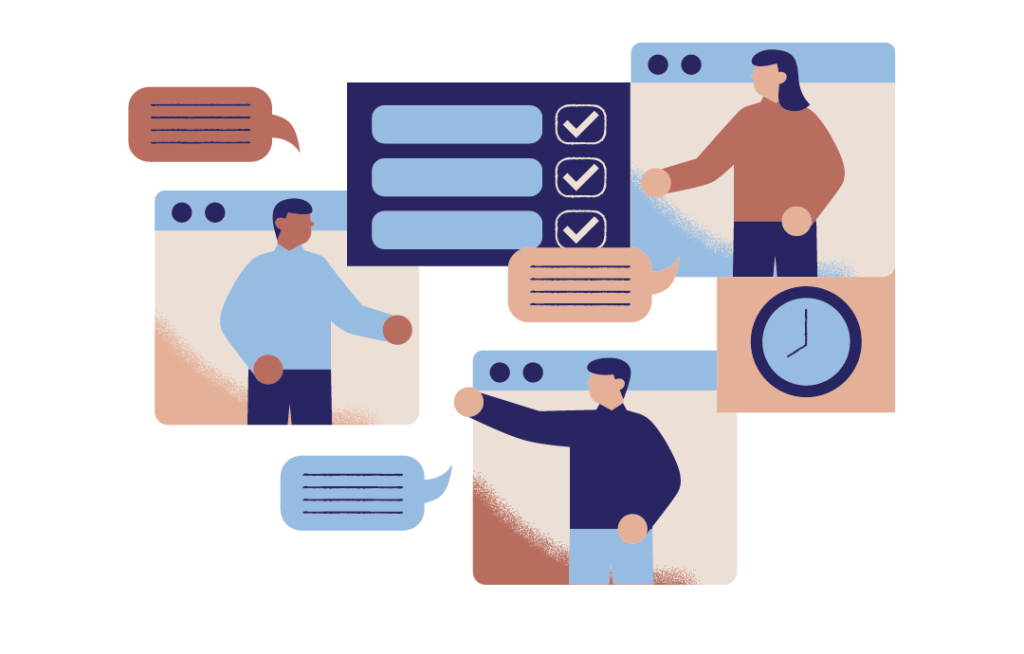
To effectively combat webinar fatigue, it’s essential to prepare a set of targeted questions that resonate with your audience’s interests and concerns. Leverage post-registration campaigns by including a form link or using social media polls to gather input on the most pressing questions related to your topic.
This proactive approach not only helps tailor the content to meet your audience’s needs but also makes them feel involved from the outset.
Consider incorporating a dedicated segment for these questions before the main presentation or transforming them into subtopics within your presentation to facilitate real-time interaction and dialogue.
This strategy is also beneficial for attendees who may feel hesitant to voice their concerns publicly, ensuring that everyone has the opportunity to engage meaningfully.
6. Brainstorming discussions
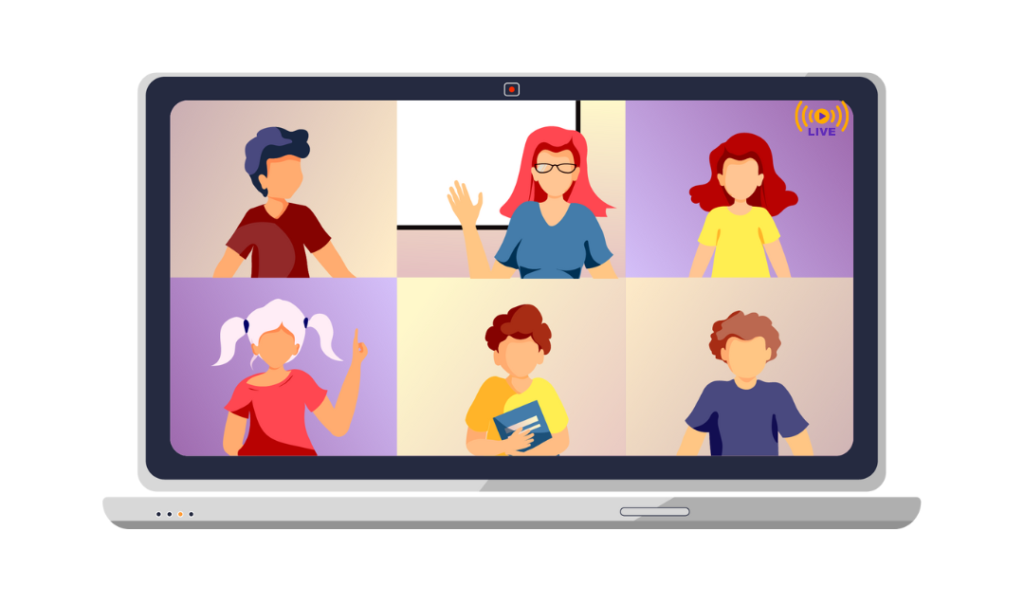
Facilitating brainstorming sessions within your online events can energize the audience members and foster creativity. By inviting attendees to contribute ideas or solutions to a given problem, you create a collaborative atmosphere that encourages participation.
This strategy not only breaks the monotony of traditional presentations but also empowers your audience to take ownership of the discussion.
You can leverage your webinar platform to create multiple breakout rooms dedicated to smaller group brainstorming sessions, which can further enhance engagement and allow for more diverse input.
7. Giveaways

Incentivizing participation through giveaways can significantly boost engagement levels during your webinars. Consider implementing a points system based on audience participation, in which attendees earn points for asking questions or contributing to discussions.
Leverage polls and leaderboards to streamline interaction, keeping points centralized and visible to your audience. The visual representation of increasing scores will encourage more active participation.
At the end of the session, reward the top participants with appealing giveaways, such as coupons or exclusive access to future content. This not only motivates attendance but also encourages active involvement, reducing the chances of fatigue.
8. Share solutions and steps
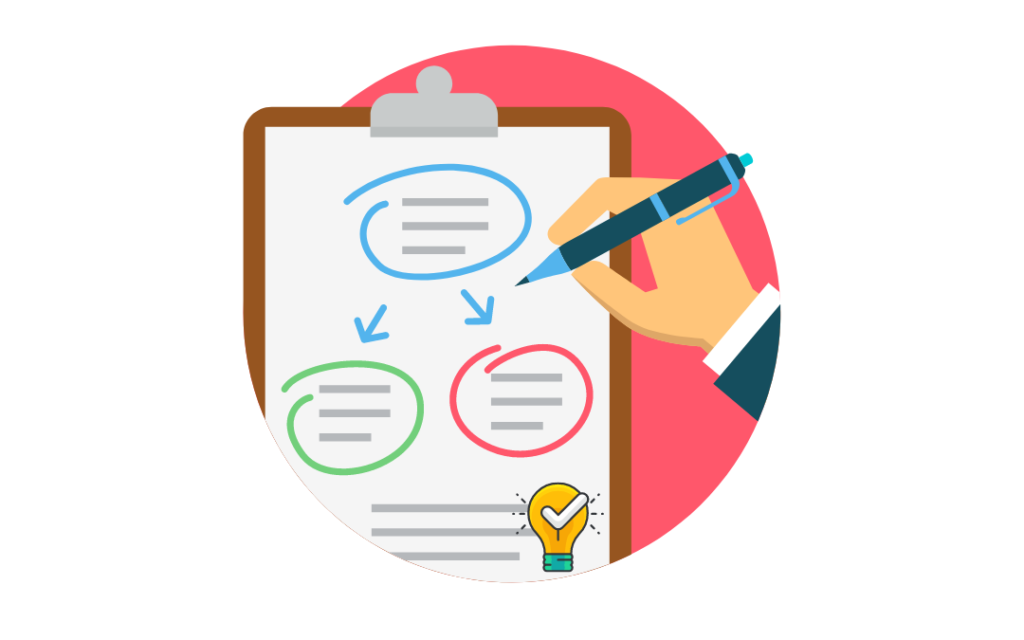
Providing attendees with actionable takeaways at the end of the webinar can enhance their experience and encourage the implementation of what they’ve learned. Share specific steps or strategies they can try out on their own, along with resources for further learning.
Encourage participants to reach out with their results or feedback via email, creating a sense of community and ongoing engagement beyond the webinar itself. This follow-up can also help reinforce their learning and commitment to apply the concepts discussed.
Pro tip: To maintain engagement and combat future webinar fatigue, consider sharing promising results or requesting testimonials from attendees. Promoting these success stories on social media can help create a vibrant community around your brand, positioning you as a credible source and encouraging ongoing interaction.
Moreover, by capitalizing on this strategy to further interact and nurture these leads, you enhance your lead generation efforts.
9. Multi-mode AI agents for collaborative sessions
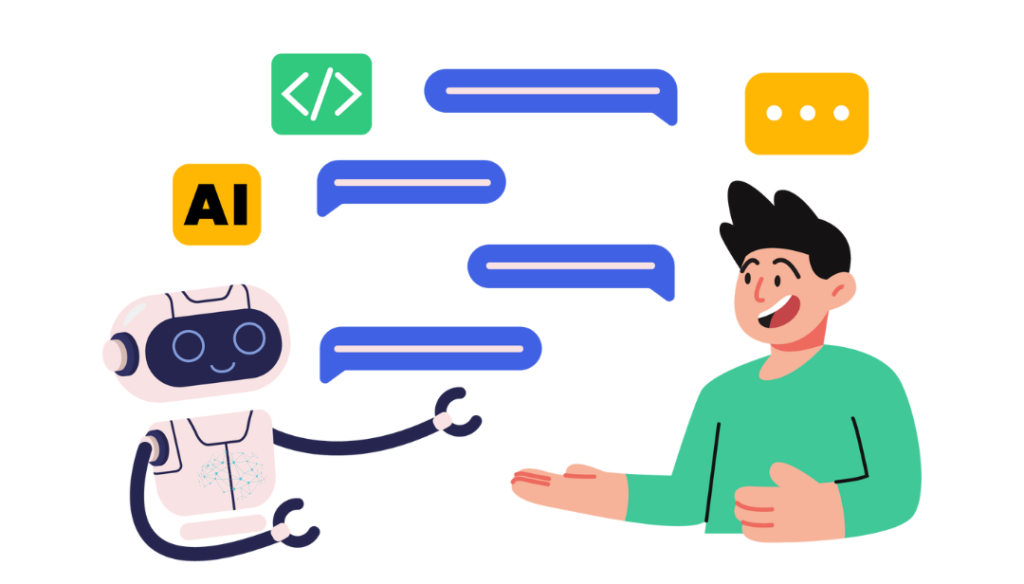
Emerging technologies are gaining significant attention worldwide, and leveraging new-age innovations like AI can create excitement and anticipation among your audience. This boosts morale and enthusiasm to interact with something new and advanced.
The use of multi-mode AI agents during collaborative webinar sessions or breakout room discussions can enhance interactivity and streamline communication.
These AI tools can be useful for both webinar hosts and attendees, assisting with managing questions, facilitating discussions, and providing real-time insights based on audience engagement. By integrating AI, you create a dynamic environment that promotes smoother collaboration and personalized experiences.
10. GIFs and images for interactions
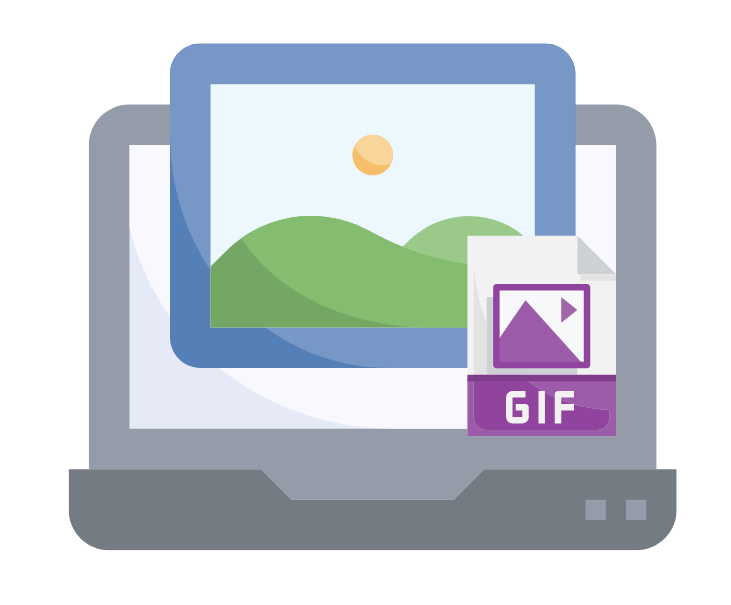
Incorporating visual elements like GIFs and images can add a fun and engaging layer to your webinars. These multimedia elements can help illustrate key points, lighten the mood, and encourage audience reactions, making the session more memorable.
Additionally, platforms like Airmeet support GIFs in chat, which allows attendees to engage with each other using these visual elements. This feature can promote humorous and relaxed interactions, maintain a lively conversation, break the monotony, and create a more engaging atmosphere overall.
11. Ambiance music
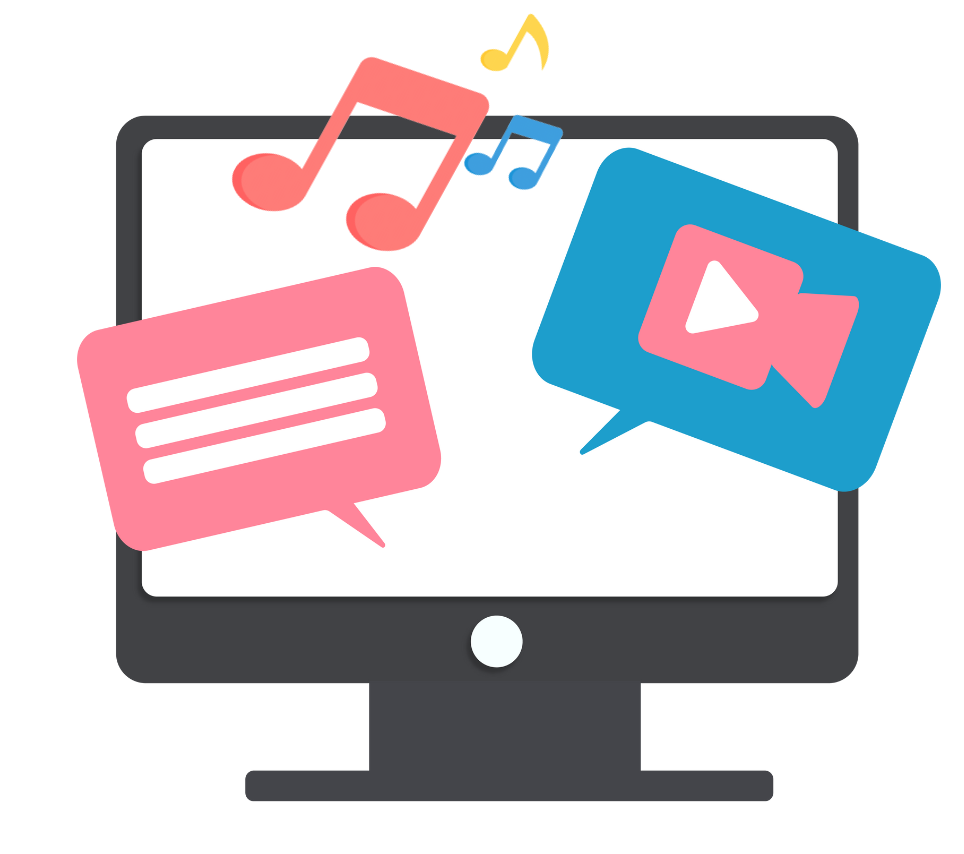
Playing subtle ambiance music during specific moments of your webinar can enhance the overall experience and set the tone for engagement. Consider using light background music during introductory segments or breaks to create a relaxed atmosphere.
This auditory element can help keep the audience’s attention and make them feel more comfortable participating in discussions. However, it’s important to ensure that the music is not distracting, maintaining a balance that supports the content rather than overshadowing it.
12. Webinar timing
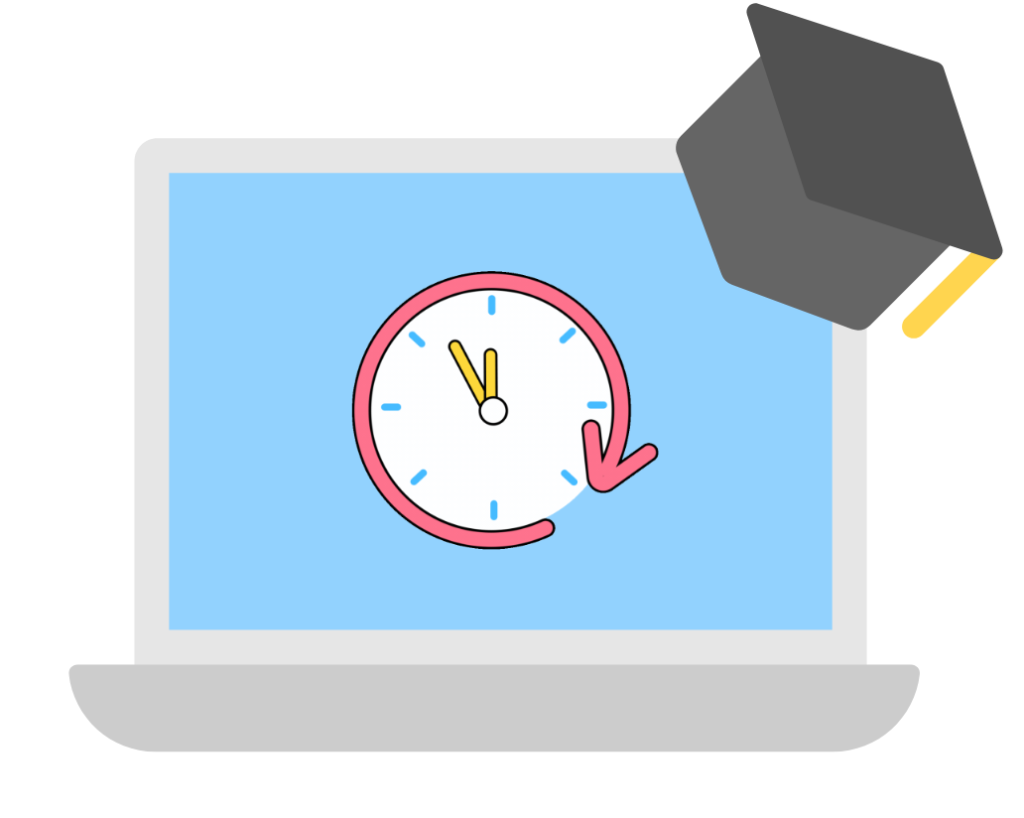
The timing of your webinar can significantly impact audience engagement and participation. Consider the preferences and demographics of your target audience when selecting a date and time. You can also conduct surveys or A/B tests to identify the right time and host webinars at the most suitable slots for your audience.
Be mindful of the duration of your sessions. Keeping them concise and focused can help maintain attention and reduce fatigue. Plan breaks strategically to allow participants to recharge and remain engaged throughout the session.
Read: Best Time for Webinars: Maximize Attendance with the Right Webinar Schedule
13. Content consumption at convenience
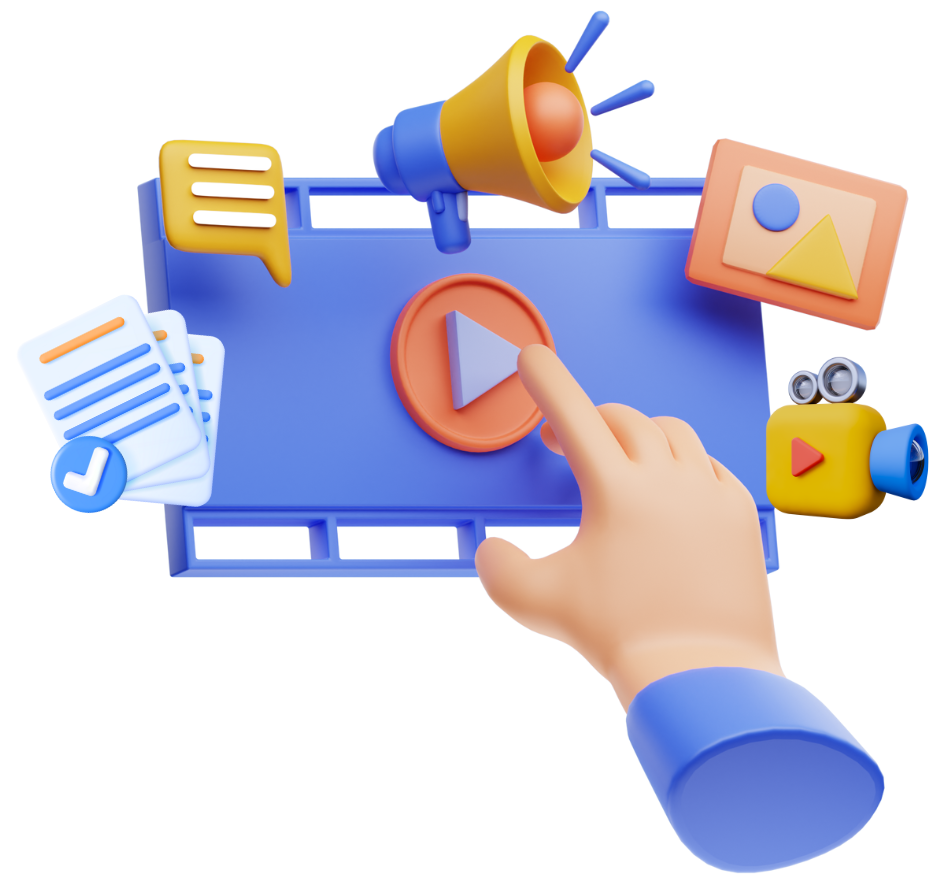
Allowing participants to consume content at their convenience is a powerful way to combat webinar fatigue while reaching a broader and more diverse audience. Offering flexible content options and repurposed webinar content ensures that participants can engage with the material on their own schedule, reducing pressure and increasing retention.
Here are a few effective ways to share content with your audience:
- Provide access to recorded sessions for both attendees and no-shows.
- Convert recorded sessions into on-demand webinars for easy access.
- Offer downloadable resources, such as presentations, case studies, tailored webinar transcripts, and other supplemental materials.
- Create social media posts or blog entries summarizing key takeaways from the webinar.
This approach enables your attendees to have a variety of resources to learn from and offers enough time to go through the content thoroughly at their own pace.
Conclusion
Webinar hosting involves much more than one might assume. While it offers flexibility, it requires meticulous attention-to-detail at every stage.
There are several aspects that lead to the final outcome of the webinar, from identifying target audiences to finalizing schedules, execution, and finding ways to keep attendees motivated.
Webinar burnout is not an uncommon issue, but unfortunately it is under-addressed, which leads to bigger problems down the road. To prevent this, it’s crucial to tailor your approach with your audience’s unique needs in mind. By personalizing your strategies, you can create webinars that resonate deeply with your target audience, ensuring a memorable experience and reducing the risk of fatigue.
Employing the above-mentioned strategies, like targeted discussions and open mic segments, and hosting different types of webinars will help you deliver a diversified experience and impactful virtual events that keep your audience engaged and motivated.
FAQ
You can leverage your webinar platform’s interactive features, like polls, chat feeds, leaderboards, whiteboards, gamification, breakout rooms, and speed networking sessions, to keep your audience engaged via various activities.
Webinar fatigue can result from long, unengaging sessions, repetitive content, information overload, and too many webinars in a short period of time. Other factors that can cause webinar fatigue include an individual’s personal life, workload, and too much screen time.
Webinar fatigue can reduce attendance and engagement, resulting in lower participation rates, diminished audience retention, and a decrease in quality leads for follow-up marketing efforts.



